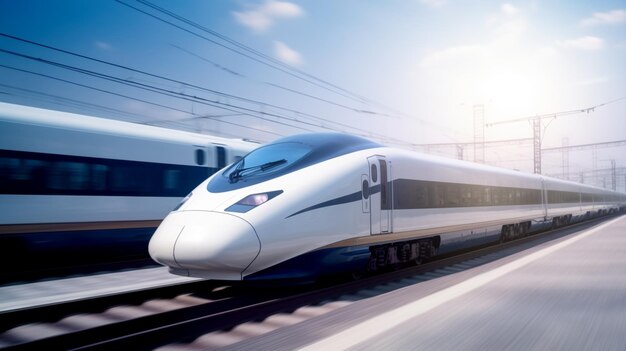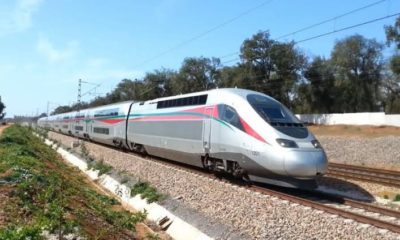News
SA Bullet Train Will Launch in 2030: What to Expect

By 2030, South Africans may travel from Pretoria to Polokwane in just 90 minutes on the country’s very first bullet train. Here is how it all comes together.
A Long-Held Vision Gains Momentum
First discussed in government circles more than a decade ago, the Limpopo–Gauteng Speed Train is now official. Supported by the Department of Transport as well as the Gauteng and Limpopo provinces, this 500-kilometre high-speed line will run from Pretoria to Musina, with stops in Hammanskraal, Bela Bela, Mokopane, Polokwane, and Louis Trichardt.
Feasibility and environmental studies are currently underway, with construction scheduled to begin in late 2026, aiming for a 2030 launch.
From Three Hours on the N1 to 90-Minute Rides
At present, it takes approximately three hours by car to travel from Pretoria to Polokwane. The bullet train aims to reduce that travel time by half, offering a fast and reliable alternative.
Travelling at an average speed of 177 kilometres per hour, with top speeds exceeding 200 kilometres per hour, it meets international standards for high-speed rail, enough to proudly be called a bullet train by South African travellers.
Political Drive and Global Rail Strategy
President Cyril Ramaphosa has championed the concept since his 2019 and 2024 State of the Nation Addresses, where he spoke of a future with bullet trains connecting major cities.
The project forms part of the National Rail Policy, which Cabinet endorsed in late 2023. Future corridors include Johannesburg to Durban and Johannesburg to Mbombela, both now open for tenders and private investment.
Funding: Promise and Pragmatism
The estimated costs are substantial. The Johannesburg to Durban line alone is projected to cost over R530 billion.
However, the government is committed to fully funding the Pretoria to Musina route while actively seeking private partners. Interest from China, known for its high-speed rail expertise, is being considered to enhance project delivery and cost efficiency.
Moving People and Produce
Beyond passenger travel, officials plan to use the train to transport high-value goods and perishable produce along the route.
The ripple effects for job creation, regional trade, and tourism are expected to be significant, particularly in rural towns historically overlooked in national infrastructure plans.
What Locals Are Saying
Public reaction is a mix of enthusiasm and scepticism. Some welcome the prospect of shorter commutes, while others raise concerns.
One commuter joked on X (formerly Twitter), “Will it run during load shedding?” Experts stress that disciplined funding and strong governance will be vital to avoid the cost overruns that affected earlier projects like the Gautrain.
A Chance to Reshape Travel
With planning underway and construction on the horizon, the bullet train is no longer a dream. It is a firm commitment to faster, smarter connectivity.
By 2030, travellers might look back at the long drives along the N1 and wonder why this project was not built sooner.
Also read: South Africa’s New Visa Schemes Set to Ignite Growth in Film and Meetings Industries
Follow Joburg ETC on Facebook, Twitter , TikTok and Instagram
For more News in Johannesburg, visit joburgetc.com
Source: MyBroadband
Featured Image: Freepik





















